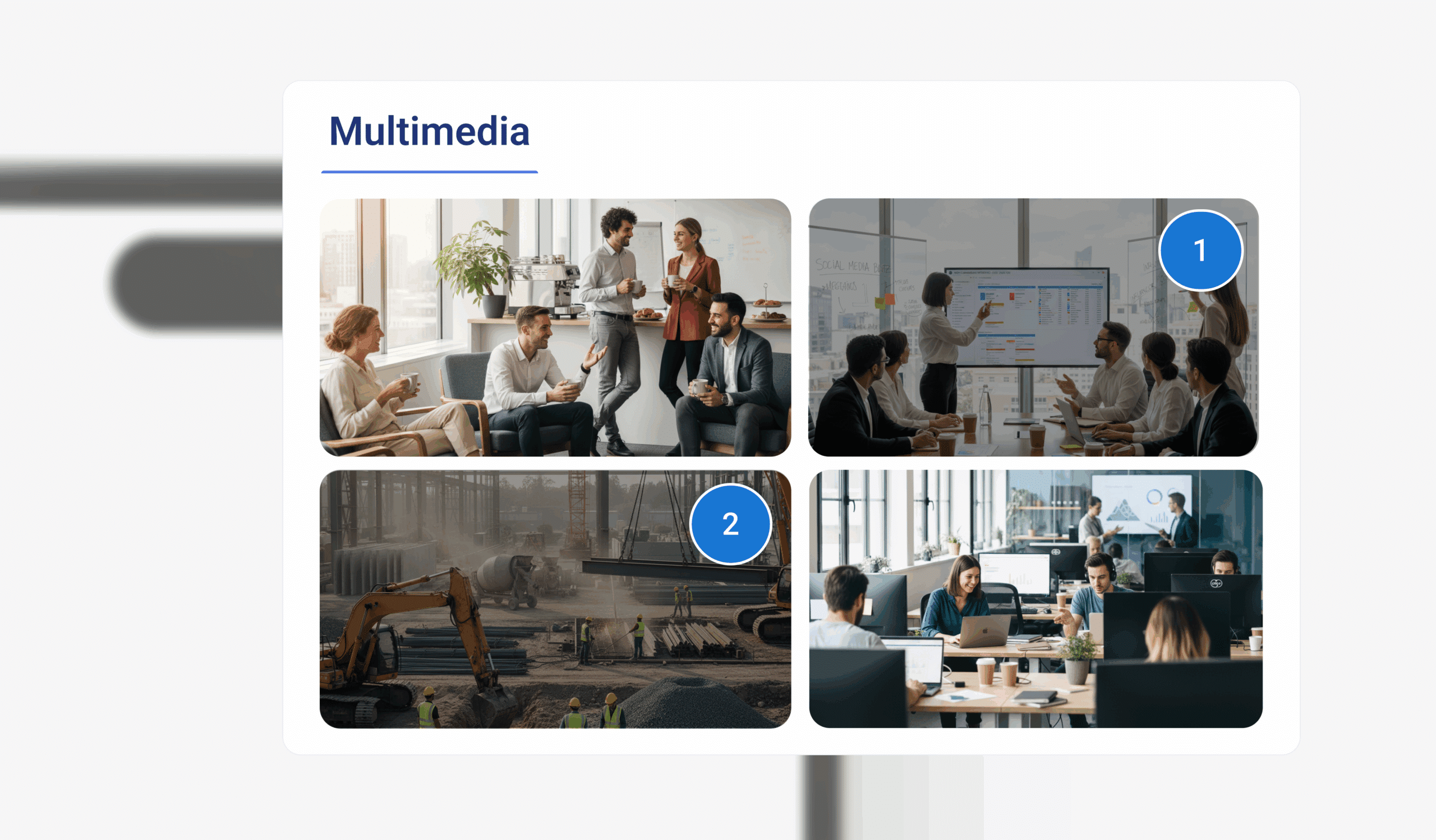When a key employee suddenly leaves, everything changes — deadlines pile up, productivity drops, and the rest of the team feels the pressure. If you’ve ever faced that chaos, you know how tough it is to keep operations running smoothly.
But what if there was a structured way to handle it — one that not only fills the gap quickly but also strengthens your team in the process?
In this guide, we’ll break down what a backfill position really means, why it matters for HR leaders, and how to manage it step-by-step. Stay with us — at the end, we’ll reveal a proven approach top companies use to turn backfilling into a smooth, stress-free process.
What Does “Backfill Position” Mean?
Let’s start with the basics — what does it mean to backfill a position?
A backfill position refers to replacing an employee who has temporarily or permanently left their role. Unlike hiring for a new position created due to company growth, backfilling is about maintaining business continuity.
You’re not expanding your team — you’re filling a gap to keep things running.
For example, if your marketing manager goes on maternity leave, hiring someone to handle campaigns during her absence is a backfill. If she resigns and you replace her permanently, that’s also backfilling a position.
The term is so common that even job boards use it to categorize certain roles — you can learn more about it in this College Recruiter article.
In short:
Backfilling means keeping the engine running while ensuring minimal disruption.
Why Backfilling Matters for HR Teams
At first glance, backfilling might seem like a routine HR task. But in reality, it’s a strategic necessity that affects productivity, morale, and even the company’s reputation.
When a role stays vacant for too long:
- Tasks pile up and deadlines slip.
- Teams lose motivation and clarity.
- Customer experience may suffer.
A smooth position backfill ensures that business continuity isn’t at risk. It also shows employees that the company is proactive and cares about stability — key elements of retention and engagement.
Effective backfilling is also part of a larger HR strategy: talent acquisition. You can explore more about this concept in our guide on Talent Acquisition: Definition and Importance.
Common Scenarios That Require Backfilling
Not all backfills are the same. Here are some of the most common situations HR managers face:
Resignation or Retirement
When an employee leaves voluntarily or retires, HR must act fast. The goal is to find someone who not only covers the role but can also bring new energy and perspective.
Internal Promotions
When a high-performing employee is promoted, their old position becomes vacant. This is a positive challenge — you’ve grown someone internally, but now you need to backfill their previous role without losing momentum.
Parental Leave or Temporary Absence
Temporary absences due to maternity, medical, or personal leave are classic backfill cases. Here, communication and flexibility are key since the role might need to be covered only for a few months.
Each of these scenarios demands a different strategy — but the underlying principle is the same: plan early, communicate clearly, and act efficiently.
Step-by-Step Guide: How to Manage a Backfill Position Efficiently
Managing backfill positions doesn’t have to feel like firefighting. Follow these practical steps to handle it like a pro.
1. Identify the Need Immediately
As soon as a team member resigns or requests leave, assess whether their role needs immediate coverage. Waiting too long can create unnecessary bottlenecks.
Ask yourself:
- Which projects will be affected?
- Can the workload be temporarily shared?
- Is this a temporary or permanent replacement?
2. Analyze the Role and Update the Job Description
Avoid simply copying the old job description. Use the opportunity to rethink the position:
- Are the same skills still needed?
- Can some responsibilities be automated or restructured?
- What new skills could improve team performance?
Updating the job post ensures your new hire truly fits the current needs — not the outdated version of the role.
3. Communicate Transparently with the Team
Silence creates confusion. Be upfront with the team about what’s happening, what to expect, and how the transition will work.
Transparency builds trust and helps avoid gossip or fear of instability.
4. Use Digital HR Tools to Streamline the Process
Modern HR software like Humand simplifies the entire backfill process:
- You can post internal job openings instantly.
- Managers and team leads can collaborate in real time.
- Employees can apply or recommend candidates through the same platform.
- Communication, documentation, and onboarding happen in one place.
Instead of juggling emails and spreadsheets, everything lives inside one secure, easy-to-use app.
With Humand, backfilling a position becomes a smooth, automated experience.
5. Train or Onboard the Replacement Smoothly
Once you’ve found the right person, ensure a seamless handover.
If possible, overlap their start date with the outgoing employee’s last days to transfer knowledge effectively.
If that’s not possible, document processes carefully and assign a mentor or buddy for the new hire.
Best Practices for Successful Backfilling
Beyond the basic steps, here are habits that top-performing HR teams use to prevent backfill stress.
Build a Talent Pipeline Before You Need It
Always be networking and nurturing potential candidates. Keep a “bench” of skilled professionals who could fill future roles quickly.
Document Key Processes and Roles
Encourage employees to document their workflows. This simple habit reduces chaos when someone leaves unexpectedly.
Encourage Internal Mobility
Employees looking for growth often prefer internal moves over external job searches. Promoting from within reduces onboarding time and preserves institutional knowledge.
Automate HR Communication
Automated notifications, digital approvals, and smart workflows can cut administrative time drastically — freeing HR to focus on strategy instead of paperwork.
How Technology Simplifies the Backfill Process
Technology is now the HR manager’s best ally. Platforms like Humand integrate every aspect of people management — from communication and recruitment to onboarding and performance tracking.
With a single mobile app, you can:
- Announce internal job openings instantly.
- Manage approvals and interviews without endless email chains.
- Keep all employee data centralized and secure.
- Ensure consistent communication between HR, managers, and employees.
- Deliver digital onboarding experiences anywhere, anytime.
In essence, Humand turns the complex backfill process into a simple digital workflow, saving time, improving collaboration, and enhancing employee experience — even during transitions.
Final Thoughts
Backfilling is more than just replacing an employee — it’s about protecting your organization’s rhythm.
By acting quickly, communicating clearly, and using the right tools, HR teams can transform what used to be a stressful situation into a smooth, strategic process.
Remember the “proven method” we mentioned earlier? Here it is:
Plan early, document everything, and leverage technology to keep your organization moving — no matter who leaves.
Start simplifying your backfill process today with digital HR tools like Humand, and ensure your company never skips a beat when change happens.






